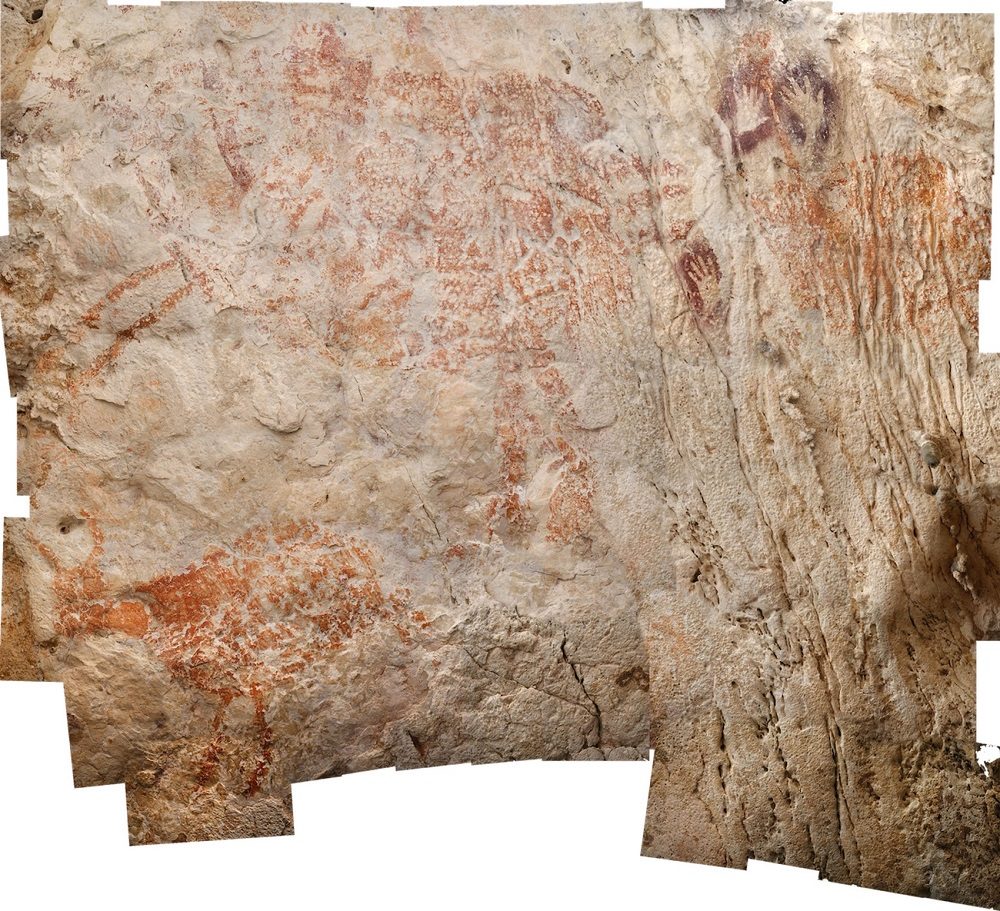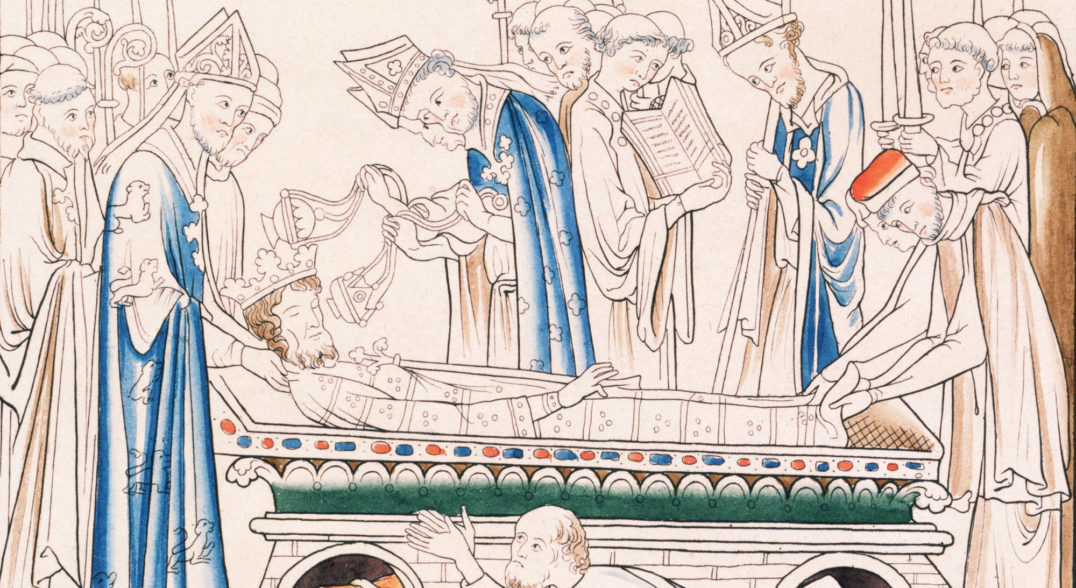
A piece of the precious Libyan Desert Glass
LET'S GO BACK IN TIME roughly, oh, 20 million years. It's the Miocene era, which formally began 3.03 million years prior, and India and Asia are just beginning to collide and form the impressive mountain ranges we know today. Kelp forests and brown algae are appearing and diversifying oceans at rapid rates; in Europe and Africa, around 100 different species of early apes are monkeying around.
With this as the backdrop, let's zoom in on North Africa specifically. Libya, bordered by the Mediterranean Sea on the north and Egypt to the east, is about to experience a geological miracle. Unbeknown to the colliding mountains and swinging apes of the Miocene, the 420,000 square miles that make up the Libyan desert (
which is part of the Sahara) would soon be caramelized into shards of foggy green glass. This rare and precious material, known as Libyan Desert Glass, was found in King Tutankhamun's burial tomb millions of years later.
Libyan Desert Glass' value comes from the miraculousness of its origin story. As Dr. Jane Cook, chief scientist at The Corning Museum of Glass in Corning, New York, explains, "glass happens when just the right ingredients are heated up and cooled down quickly." But in the case of Libyan Desert Glass, the series of events was much more elaborate. "About 20 million years ago, either a meteor impact or atmospheric explosion got to the desert part of the lower atmosphere, heated it up and fragmented and exploded," she says. "It dumped a huge amount of heat, like in thousands of Fahrenheit degrees, into that portion of the desert, which was a relatively pure deposit of quartz sand. And it brought it up hot enough that it was able to liquefy for a short period of time." When this liquefied quartz cooled down, desert glass was formed. Cook adds: "Because it was almost pure silica it was able to solidify without crystallizing," making it glass instead of geological crystal structures.



Comment: It's studies like this that remind us just how patchy our understanding of ancient history is: